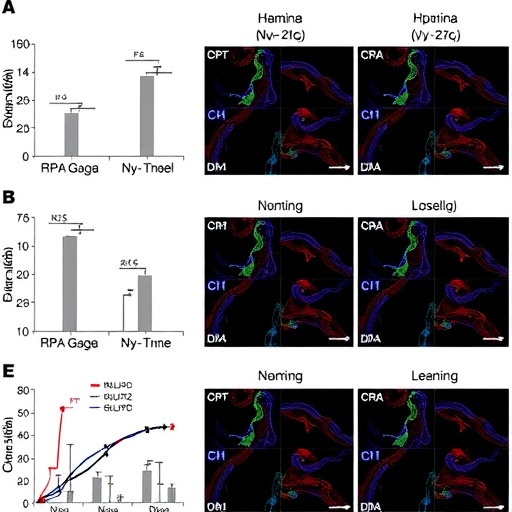
Credit: Washington State University
PULLMAN, Wash. – A Washington State University study of the chemistry of technetium-99 has improved understanding of the challenging nuclear waste and could lead to better cleanup methods.
The work is reported in the journal Inorganic Chemistry. It was led by John McCloy, associate professor in the School of Mechanical and Materials Engineering, and chemistry graduate student Jamie Weaver. Researchers from Pacific Northwest National Laboratory (PNNL), the Office of River Protection and Lawrence Berkeley National Laboratory collaborated.
Technetium-99 is a byproduct of plutonium weapons production and is considered a major U.S. challenge for environmental cleanup. At the Hanford Site nuclear complex in Washington state, there are about 2,000 pounds of the element dispersed within approximately 56 million gallons of nuclear waste in 177 storage tanks.
The U.S. Department of Energy is in the process of building a waste treatment plant at Hanford to immobilize hazardous nuclear waste in glass. But researchers have been stymied because not all the technetium-99 is incorporated into the glass and volatilized gas must be recycled back into the melter system.
The element can be very soluble in water and moves easily through the environment when in certain forms, so it is considered a significant environmental hazard.
Because technetium compounds are challenging to work with, earlier research has used less volatile substitutes to try to understand the material's behavior. Some of the compounds themselves have not been studied for 50 years, said McCloy. "The logistics are very challenging," he said.
The WSU work was done in PNNL's highly specialized Radiochemical Processing Laboratory and the radiological annex of its Environmental Molecular Sciences Laboratory.
The researchers conducted fundamental chemistry tests to better understand technetium-99 and its unique challenges for storage. They determined that the sodium forms of the element behave much differently than other alkalis, which possibly is related to its volatility and to why it may be so reactive with water.
"The structure and spectral signatures of these compounds will aid in refining the understanding of technetium incorporation into nuclear waste glasses," said McCloy.
The researchers also hope the work will contribute to the study of other poorly understood chemical compounds.
###
Media Contact
Jamie Weaver, WSU postdoctoral research associate
[email protected]
509-378-1836
@WSUNews
############
Story Source: Materials provided by Scienmag




